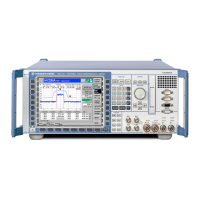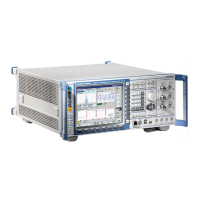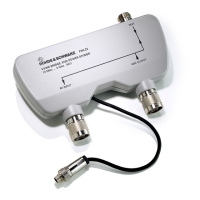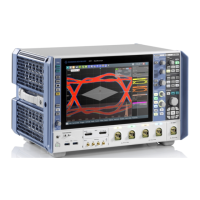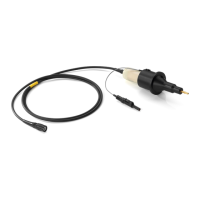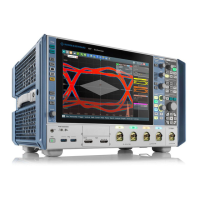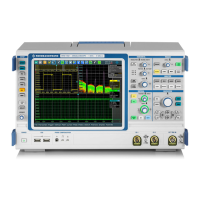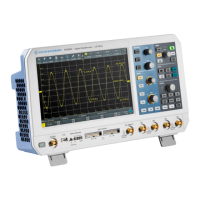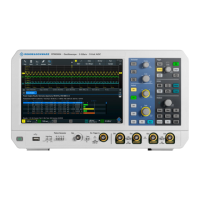CMU RF Measurements
1100.4903.12 6.41 E-10
SOURce:DM:CLOCk:FREQuency <Frequency> Clock Frequency
<Frequency>
Parameter description Def. value Def. unit FW vers.
1.219 MHz to 40.000 MHz
Frequency of network-specific system
clock
13 MHz V1.15
Command description
This command defines the frequency at the output REF OUT2. In FW V2.15 ff. the frequency entered is rounded
to the following discrete values:
40.000 MHz, 20.000 MHz, 13.333 MHz, 10.000 MHz, 8.000 MHz, 6.667 MHz, 5.714 MHz,
5.000 MHz, 4.444 MHz, 4.000 MHz, 3.636 MHz, 3.333 MHz, 3.077 MHz, 2.857 MHz,
2.667 MHz, 2.500 MHz, 2.353 MHz, 2.222 MHz, 2.105 MHz, 2.000 MHz, 1.905 MHz,
1.818 MHz, 1.739 MHz, 1.667 MHz, 1.600 MHz, 1.538 MHz, 1.481 MHz, 1.429 MHz,
1.379 MHz, 1.333 MHz, 1.290 MHz, 1.250 MHz
The formula of the sequence reads as follows:
RF for MHz and with
n
40
1
32321
1
1
=== f, ... , , n
n
ff
If the entered value f is between two allowed values f
n
and f
n+1
, it is rounded to:
5.0
1
1
+
≥→
n
ffff
n
if
and
5.0
1
11
+
<→
+
n
ffff
n
if
.
I/Q-IF Interface
The subsystem IQIF configures the signal paths for I/Q and IF signals provided by option CMU-B17, I/Q
and IF Interfaces. It corresponds to the I/Q-IF tab of the Connection Control menu.
Hint: How to make sense out of parameter names
In all path configurations except bypass, both the I/Q and IF output are connected (to either
the RF Unit, the Digital Unit or one of the I/Q-IF inputs). The paths differ in the connection
of the input branches: The qualifier IO denotes a connected input (with connected output),
XO denotes a disconnected input (with connected output). Many parameters of the IQIF
commands are composed of two IO/XO qualifiers, the first one standing for the IF signal,
the second for the I/Q signal.
Example: The parameter IOXO denotes a connected IF input and a disconnected IF output, while
both output branches are connected.
For more information see the menu description and the application examples in Chapter 4.
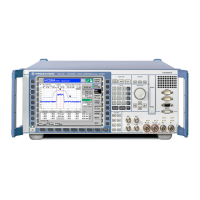
